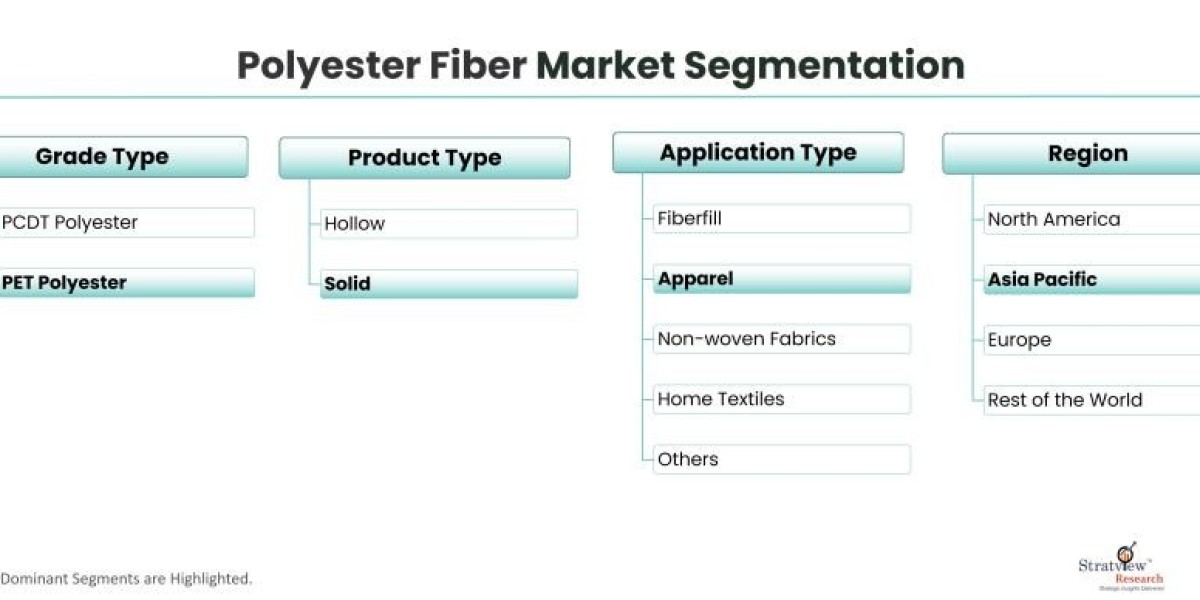Polyester fiber has witnessed a significant surge in demand and popularity in recent years, establishing itself as one of the most sought-after materials in the textile industry. Its versatile nature, durability, and cost-effectiveness have made it a preferred choice for various applications, ranging from clothing and home textiles to automotive and industrial uses. This article explores the reasons behind the growing demand for polyester fiber and highlights some of the current market trends shaping its future. The polyester fiber market is estimated to grow from USD 89.54 billion in 2022 to USD 143.28 billion by 2028 at a healthy CAGR of 8.78% during the forecast period.
One of the key factors contributing to the increasing demand for polyester fiber is its excellent performance characteristics. Polyester fibers exhibit exceptional strength, elasticity, and abrasion resistance, making them ideal for producing durable and long-lasting textiles. Additionally, polyester is known for its quick-drying properties, which is highly desirable in sportswear and outdoor apparel. The fiber also boasts excellent color retention, making it suitable for vibrant and fade-resistant fabrics. These qualities have captured the attention of both consumers and manufacturers, leading to a surge in demand across various sectors.
Another significant driver of the polyester fiber market is its cost-effectiveness. Polyester is a synthetic fiber derived from petroleum, which allows for efficient production processes and lower manufacturing costs compared to natural fibers like cotton or silk. As a result, polyester products are often more affordable, making them accessible to a wider consumer base. The cost advantage of polyester has played a crucial role in its widespread adoption, especially in fast fashion and mass-market segments where affordability is a key consideration.
In recent years, sustainability and environmental concerns have emerged as major influencers in consumer purchasing decisions. Polyester fiber has responded to these concerns by incorporating recycled and eco-friendly variants into its product range. Recycled polyester, also known as rPET, is produced from post-consumer plastic bottles, diverting waste from landfills and reducing the need for virgin materials. This eco-friendly approach has resonated with environmentally conscious consumers, driving the demand for sustainable textile options.
The growing athleisure trend has also played a pivotal role in the rise of polyester fiber. Athleisure refers to the fusion of athletic and leisurewear, where comfort and functionality meet style. Polyester's moisture-wicking properties, combined with its ability to stretch and retain shape, have made it a favored choice for sportswear and activewear brands. The versatility of polyester allows for the creation of fabrics that offer breathability, flexibility, and a sleek appearance, catering to the needs of fitness enthusiasts and fashion-forward consumers alike.
Furthermore, advancements in textile technology have led to the development of innovative polyester-based materials. For instance, polyester microfibers have gained traction in the home textiles sector due to their softness, lightweight feel, and resistance to wrinkles. These microfibers are increasingly used in bedding, upholstery, and drapery, offering enhanced comfort and aesthetics to consumers.
In terms of market trends, the polyester fiber industry is witnessing a growing focus on sustainable production practices and circular economy models. Many textile manufacturers are investing in research and development to improve the recyclability and biodegradability of polyester fibers, aiming to reduce their environmental footprint. Additionally, there is a rising demand for customized and specialized polyester fibers, such as flame-retardant variants for industrial applications or antimicrobial fibers for healthcare settings.
In conclusion, the demand for polyester fiber continues to rise due to its exceptional performance characteristics, cost-effectiveness, and ability to meet sustainability requirements. As consumers seek durable, affordable, and eco-friendly textile options, polyester's versatility and adaptability have positioned it as a dominant force in the industry. With ongoing advancements and market trends focusing on sustainability and innovation, the future of polyester fiber looks promising, promising further growth and expansion in the global textile market.








